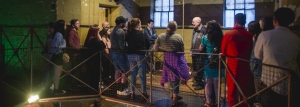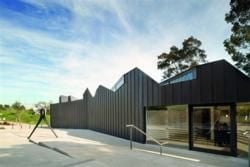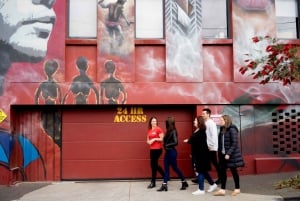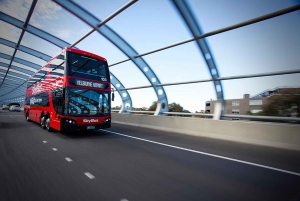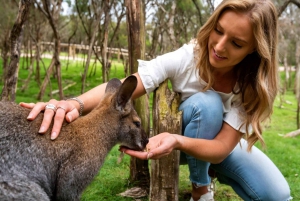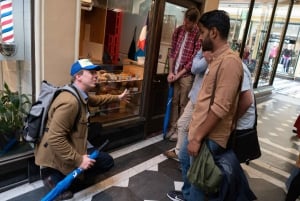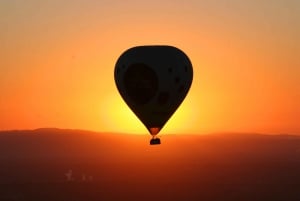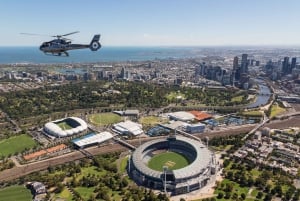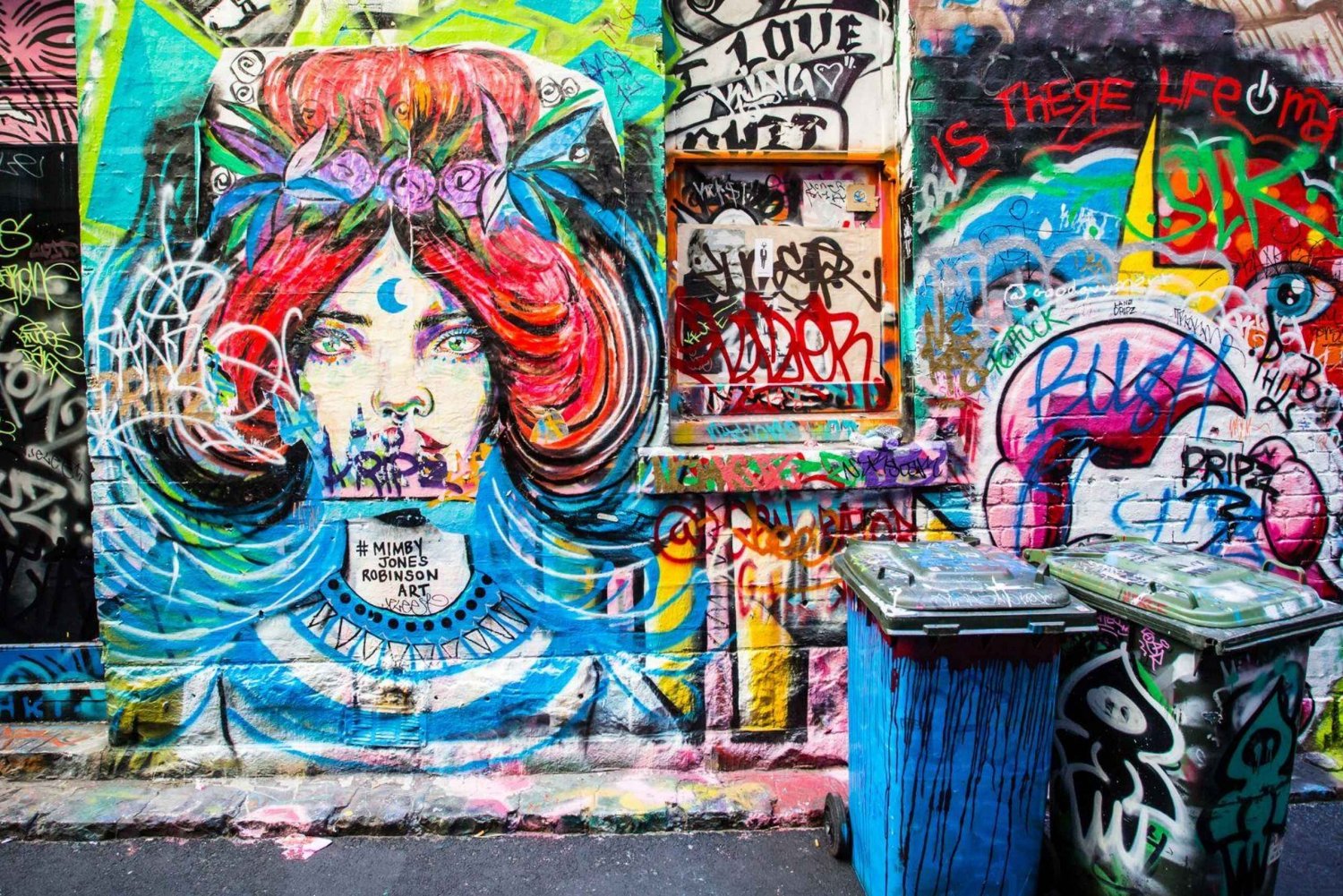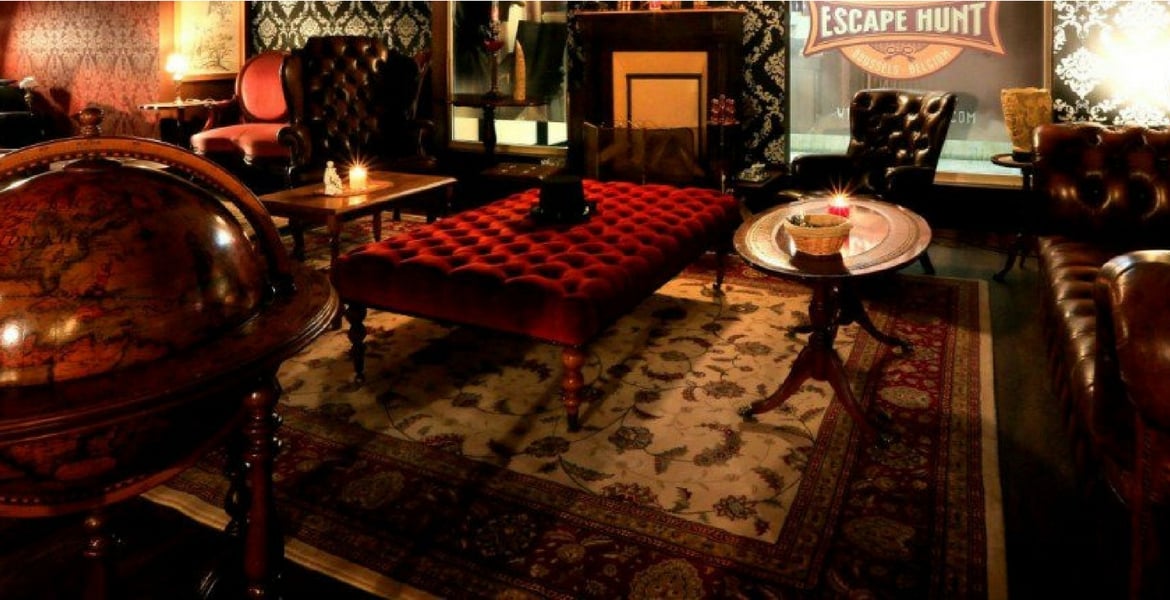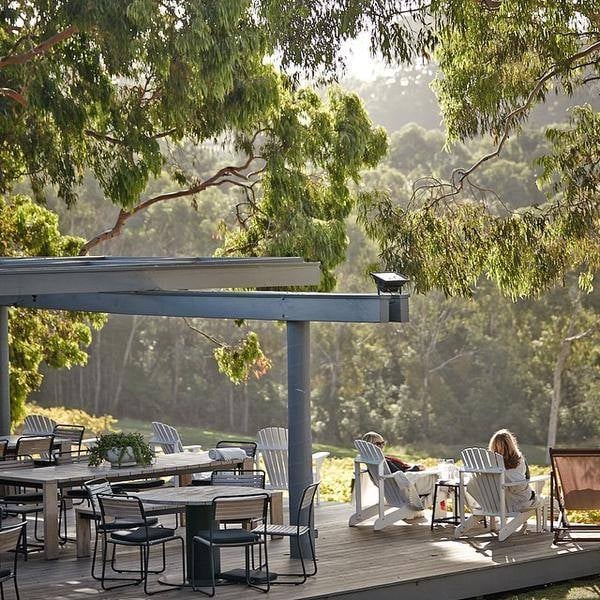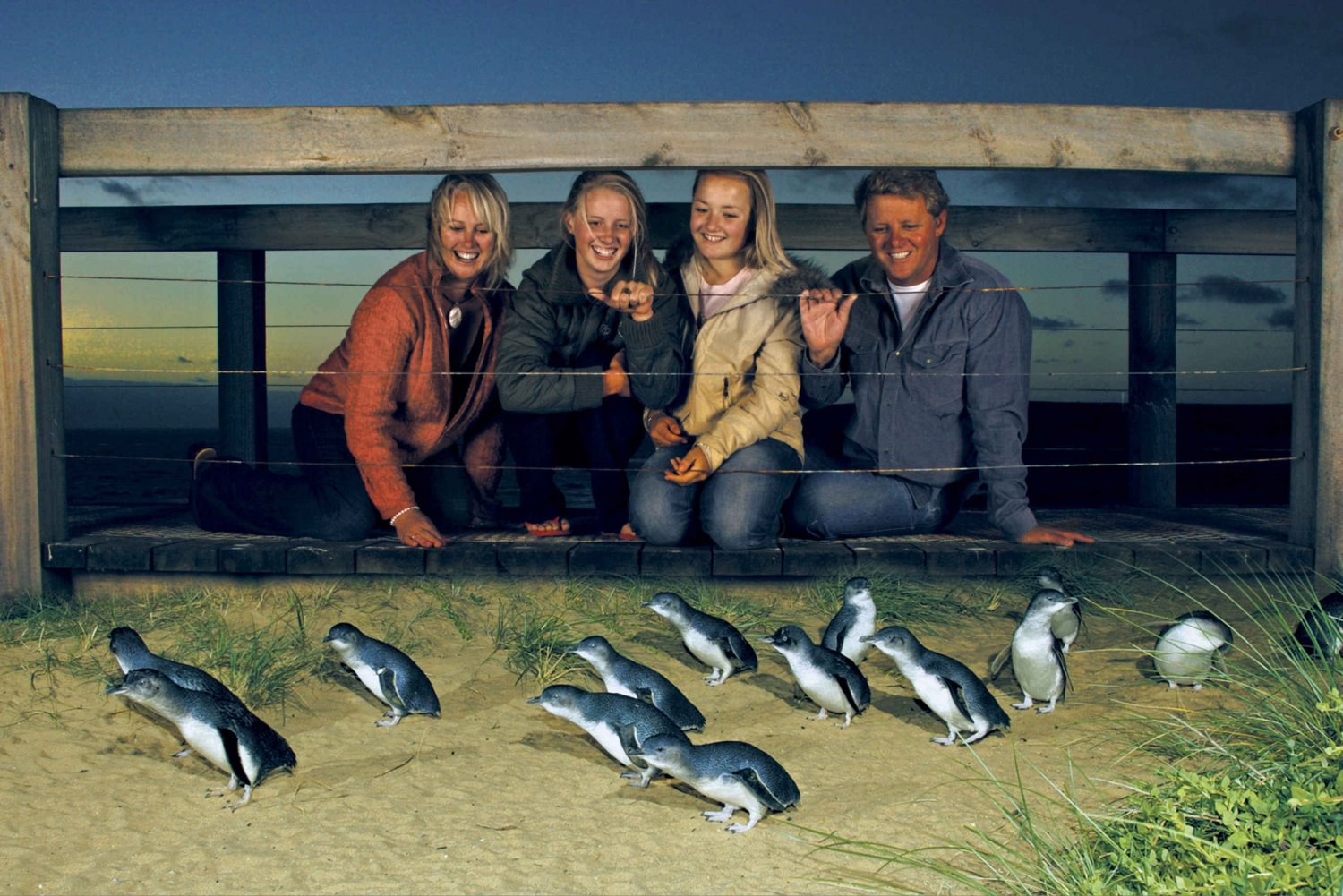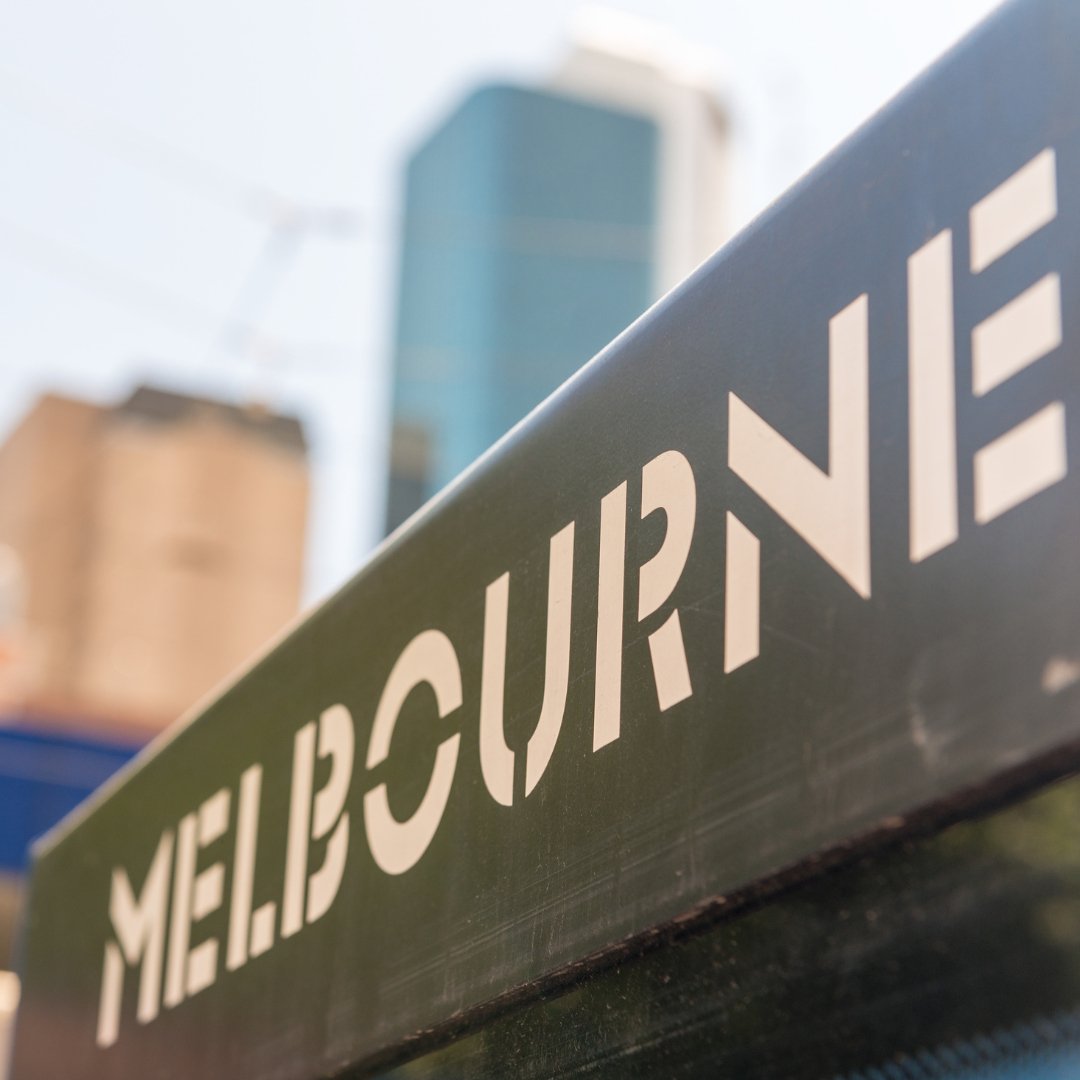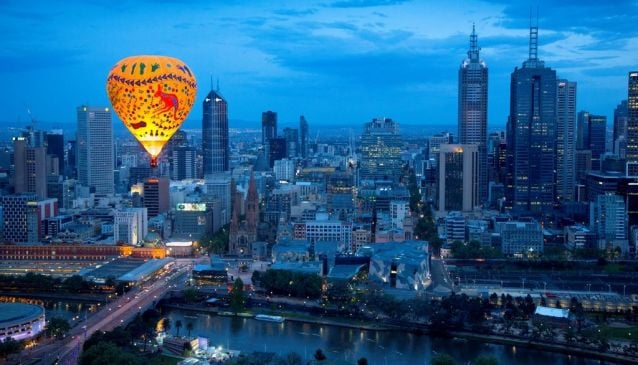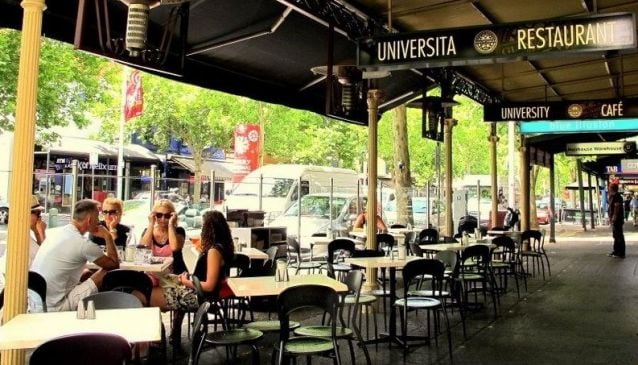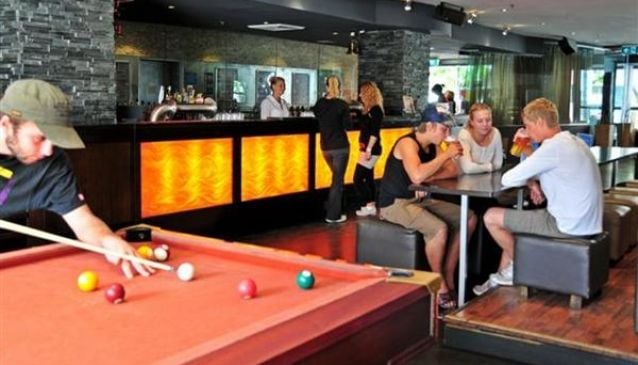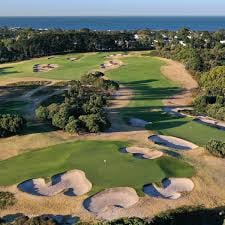Melbourne: Museums and Galleries
With its vibrant cultural history, Melbourne is replete with an array of museums and galleries.
From dynamic and cutting-edge modern art, to some of the largest and most impressive galleries in the southern hemisphere, Melbourne is truly a hotbed of artistic talent both new and old. It is also a city steeped in history and boasts some of the most extensive and diverse museum experiences in the country.
Any trip to Melbourne must include a stroll around Carlton Gardens.
This 26 hectare (64 acre) World Heritage Site is home to a number of Melbourne's most eye-catching attractions, whilst also offering visitors a breathtaking botanical bounty with its classic Victorian-era landscaping. Its sweeping lawns are home to a variety of European and Australian trees including elms, conifers, poplars, cedars and oaks. It is a garden that tells the history of the city, but not just with its array of flora; the gardens surround the twin attractions of Melbourne Museum and the Royal Exhibition Building.
Melbourne Museum is the largest museum complex in the southern hemisphere. It showcases science and the environment, indigenous history and Australian social history and contains seven main galleries, a children's gallery and a touring hall where temporary exhibits are displayed. The main permanent exhibits include the Aboriginal Cultural Centre, the Melbourne Story exhibition (which includes Melbourne's depression era equine champion Phar Lap), dinosaurs, insects, forest life, The Mind exhibition, and the Children's Gallery, which offers fun and education for 1-8 year olds. An IMAX theatre is also located on the lower level of the museum complex.
After perusing the museum, any visitor to Carlton Gardens should take the opportunity to immerse themselves in the grandeur of the Royal Exhibition Building. Originally built for the Melbourne International Exhibition of 1880, this building also housed the first Australian Parliament in 1901.
Though some sections of the building have not lasted, the Great Hall has survived and been scrupulously restored. In 2004 it became the first building to receive recognition as a UNESCO World Heritage Site. These days it is the setting for a variety of cultural and community events and also makes the most of its fitting Victorian garden surroundings to host the annual International Flower and Garden show.
A short walk west down Victoria St from Carlton Gardens and the history of Melbourne's less grandiose past is on display at the Old Melbourne Gaol. This classic 19th century prison offers a glimpse into the nefarious beginnings of the colony. Between 1842 and 1929, when it was closed, the prison held 133 hangings, including Australia's most infamous outlaw, Ned Kelly. The Gaol also features the Old Magistrates court where visitors can experience the drama of the court-room. Or, if you're feeling brave, you can explore the gaol by candlelight on the Hangman's Night Tour.
As a city, and a country, defined by its colonial origins, a visit to the Immigration Museum on Flinders Street is a must for history buffs and those interested in the sources of Melbourne's diverse cultural identity. This interactive experience gives visitors a chance to experience the hopes and dreams of the various migrants that have come to seek a better life in Australia over the last two hundred years. From images and computer based interactive exhibits, this museum also houses a 17 metre replica ship that displays the conditions of an 1840s ship's steerage class, 1900s steamer's saloon, and the cabin of a 1950s ocean liner.
The museum is located inside the Old Customs House and carries on the 19th century aesthetic of the Carlton Gardens, Royal Exhibition Building and Old Melbourne Gaol.
Having seen these classic examples of 19th century Melbourne architecture, one cannot pass up the opportunity to explore one of the most remarkable buildings in the country. Completed in 1862 and considered one of Australia's best examples of Renaissance Revival design, the Old Treasury Building now houses a fantastic museum. Designed by 19 year old architect John James Clark, this building was restored and opened to the public in 1994. It now offers three main exhibits including 'Built on Gold', which examines the effect of the gold rush that transformed the city from a fledgling colonial settlement to a wealthy city of international repute. The museum is located on Spring Street, adjacent to the Treasury Gardens, which in turn feed into Fitzroy Gardens. For the visitor looking for a relaxing stroll these enormous gardens provide the perfect setting. They also include Captain Cook's Cottage, a model Tudor Village and the 'Scarred Tree', which is a site recognising the Wurundjeri people as traditional custodians of the land.
For the more artistically inclined, the National Gallery of Victoria is the largest and oldest public gallery in Australia. Founded in 1861 and home to over 70, 000 works of art, this gallery contains a vast collection of both Australian and international art.
The international collection features works by Rembrandt, Rubens, Battista and Veronese, but also possesses a wide array of work in other artistic mediums such as textiles, Greek vases, European ceramics and Egyptian artefacts. In 2003 the Ian Potter Centre opened in Federation Square and this now houses the Australian art collection. This not only includes a superb collection of Australian indigenous art, but also has an excellent collection of paintings from the so-called 'Heidelberg Era'.
A local artistic movement hailing from the Melbourne suburb of the same name, the Heidelberg School traced the progression on Australian art from borrowed European styles, to the development of a uniquely Australian artistic expression. The main international section of the Museum is located across the Yarra from Federation Square on St Kilda Road. It is also adjacent to the Royal Botanical Gardens, which cover over 38 hectares and features 10 000 individual species of vegetation.
For a city that prides itself on its cultural identity, Melbourne is certainly not bereft of museums and galleries.
Conveniently, most of the larger attractions are located in and around the centre of the city. Days spent wandering between them will not only offer an eye-opening look at Melbourne's culture and history, but will flaunt the various gardens and botanic treasures that Melbourne is renowned for.


